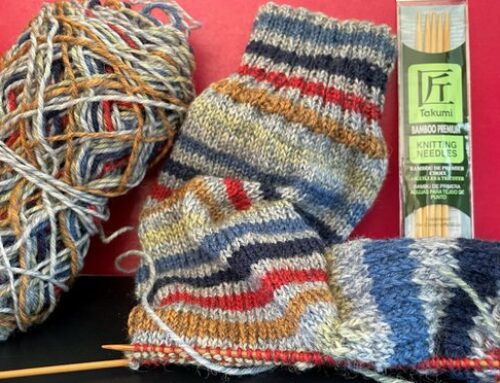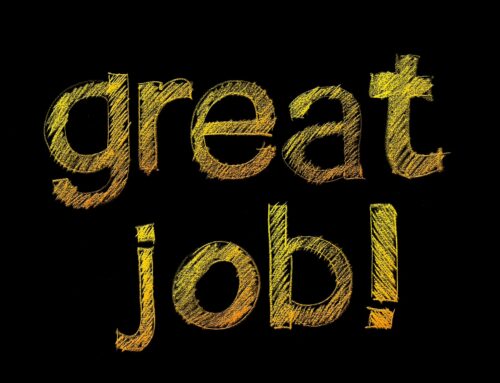“You have brains in your head. You have feet in your shoes. You can steer yourself any direction you choose. You’re on your own. And you know what you know. And you are the one who’ll decide where to go.” Dr. Seuss, “Oh, the Places You’ll Go!”
A client announced recently that “2015 is the year of health.” She accomplished extraordinary things professionally this year: finishing a book, securing an agent and a publisher, and getting a contract while working a full-time job. Now, she wants to concentrate on getting healthier.
This is a natural time to take stock of our lives. How would you finish the sentence: “2015 is the year of _____”? I don’t believe in New Year’s resolutions, because they usually don’t have any accountability built in. Instead, I recommend setting “SMART” goals: specific, measurable, achievable, realistic and time-bound. It can be a short-term goal or a long-term-goal. It can be something you want to accomplish or a new way you want to be. Just be sure to keep it SMART. As Napoleon Hill famously said, “A goal is a dream with a deadline.”
If you’re like most of us and have a busy schedule, you probably find yourself overwhelmed and wondering where the time goes and why there never seems to be any left for you, let alone for personal accomplishments. The first step is to clear the decks and make room for whatever you want to add. This means you have to find some time. The next step will be deciding where you want to make changes.
Information is powerful, so collect some data to find out what your priorities are, as opposed to what you may think they are. Anyone who keeps a time sheet at work may bristle at this recommendation, but the only way to know for sure where your time goes is to track it. Luckily, you don’t have to do it by tenths of an hour.
Data collection is one of the first steps in habit change. I had a client who wanted to lose 10 pounds and get in shape without joining a gym. The deadline for weight loss was three months (remember: SMART goals). I asked her first to just keep track of what she was eating and drinking without making any changes. Some of the information surprised her and she was ultimately able to lose weight by eliminating sweetened iced tea and a few other high-calorie/low-nutrition items. She was unaware of her intake and the amount of sugar or calories in some of her regular foods. Five years later, she maintains her weight loss. She had to change some unhealthy habits and the first step was acknowledging them.
The same is true of time consumption. You’ll be surprised at how much time you can reclaim if you are mindful and make informed choices rather than riding the rapids of your life and wiping out at the end of the day. I want to emphasize that the purpose here is not to be always doing something. In fact, I strongly encourage everyone to have down time, which is different from simply hitting the wall from exhaustion and becoming incapacitated.
Exercise #1
Create a weekly chart with 24 hours for each day and record where your time goes. Make columns for your activities throughout the day such as: sleeping, working, time with the kids (caring for them, fun time, driving) and your partner or spouse, surfing the Internet, Facebook or Twitter, quiet time on your own, time with friends, exercise, performing daily tasks such as grooming and chores and anything else that consumes time. A week has 168 hours. Total up the amount of time you spend each day in each category. Be as detailed as possible. If you work long hours, break down how the time is spent and be scrupulous about recording time spent on office drama—coming out of your work space to tell stories, hear stories, complain and vent.
Now, list your activities in descending order starting with the area where you spend most of your time and ending with what you spend the least time doing. This provides a visual image, supported by data, of your current priorities.
Now, it’s time to assess whether or not these priorities are in keeping with what you thought was important to you. Do you like what you see? Are your actual priorities (how you really spend time) aligned with your ideals (how you would like to spend time)? Is your life balanced? Is something missing that you would like to add?
Exercise #2
To help you identify areas to develop, here’s another exercise my clients find helpful. Draw a pie chart with 10 slices. This is your “wheel of life.” In each wedge, write one major life category: (1) spiritual, (2) career, (3) finances, (4) physical environment, (5) health/fitness, (6)friends/community, (7)family, (8) fun/recreation, (9) significant other/romance, and (10) personal development/education. Rate your level of satisfaction on a scale of 0 to 10 in each area, using the inner part of the wedge for zero, the outer part for 10. Now you can see where your wheel is flat.
These two exercises are designed to help you find where you spend time and how happy you are with your choices. Pick an area to focus on and design some action steps to steer yourself in the direction you choose, as Dr. Seuss wrote. Remember to be specific. Instead of stating, “I want to spend more time doing things I enjoy,” say, “I will spend three hours every Sunday morning with my family.” Select an activity, decide how often you want to do it per week or month and for how long, put it on your calendar and commit to it. These tips will keep you on track:
- Tell someone about your goal and ask them to hold you to it. We are much more likely to break promises to ourselves than to others.
- Enlist support. If your objective is to read more books this year, decide how many and find a partner to participate or join a book club.
- Keep a journal of your efforts. My weight loss client was much less likely to reach for the sweetened iced tea when she knew it was going in her food journal.
- Create a reward system, something to look forward to for your efforts. Don’t skip this part. It reminds your brain that your actions matter and will increase your self-regard.
- Celebrate your accomplishments. Changing habits takes discipline, so find something that will commemorate what you have done in a meaningful way.
I wish you an abundant new year.
Reprinted with permission from the December 9, 2014 edition of “The Legal Intelligencer” © 2014 ALM Media Properties, LLC. All rights reserved. Further duplication without permission is prohibited. For information, contact 877-257-3382, reprints@alm.com or visit www.almreprints.com.







